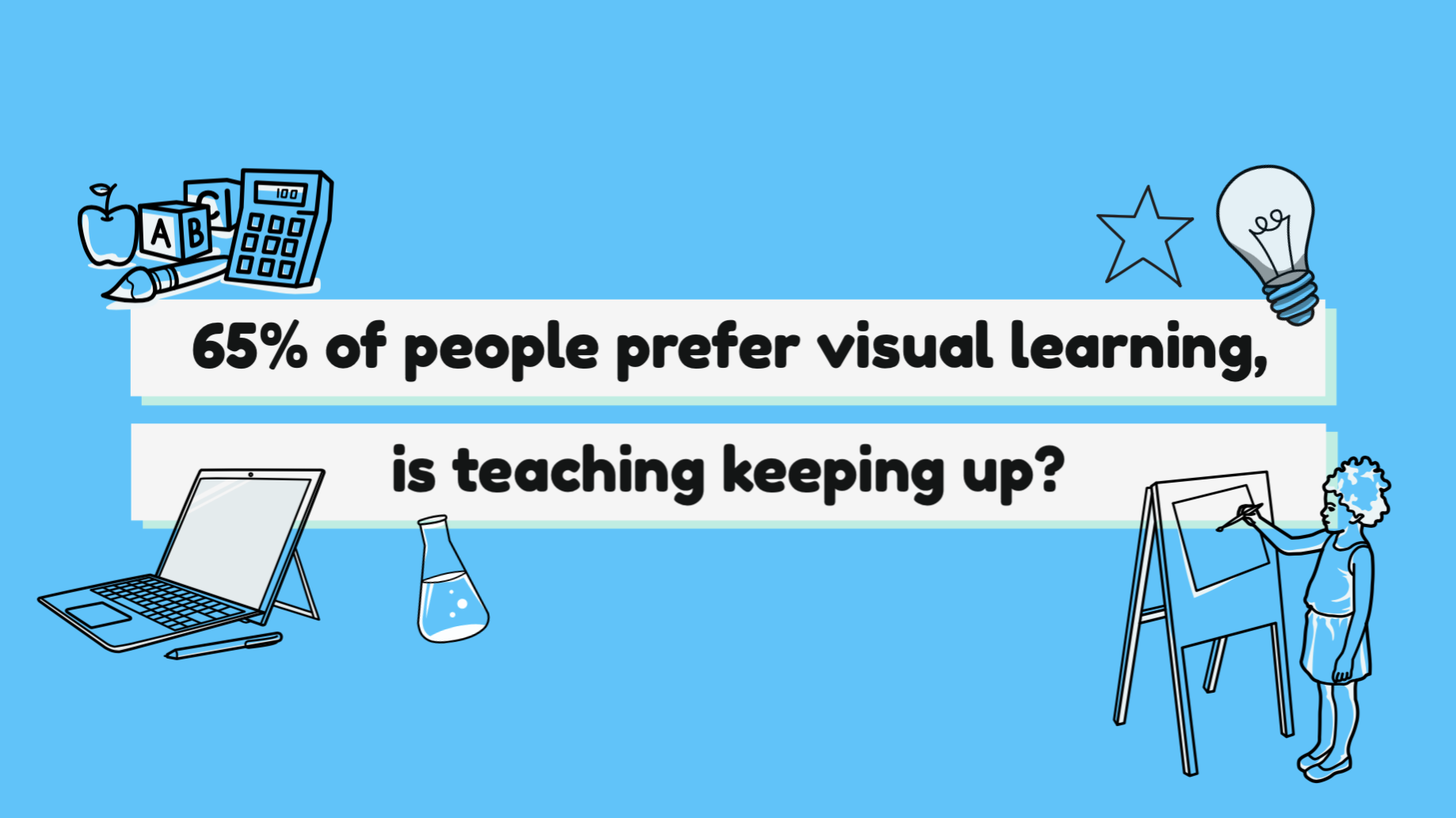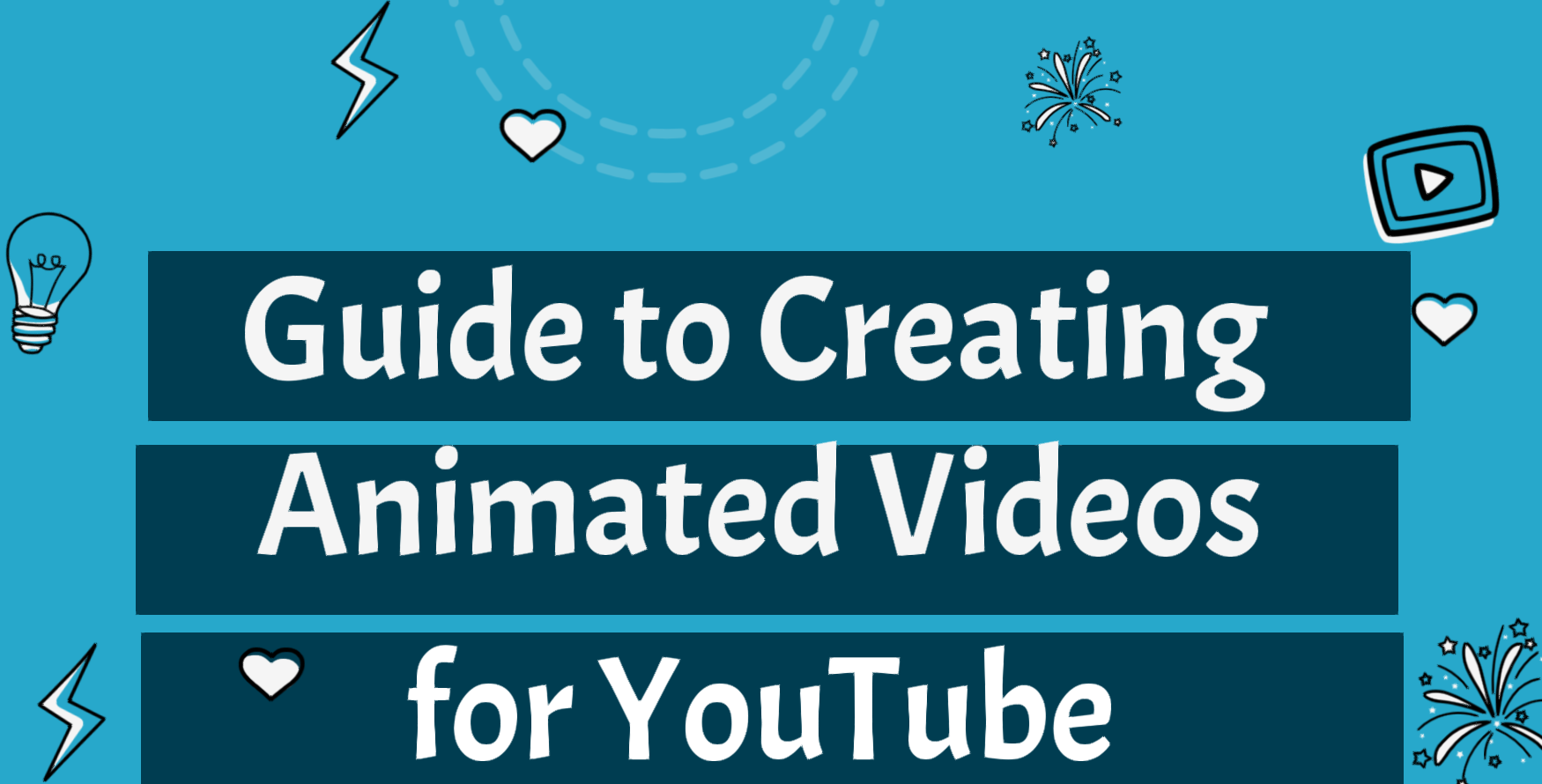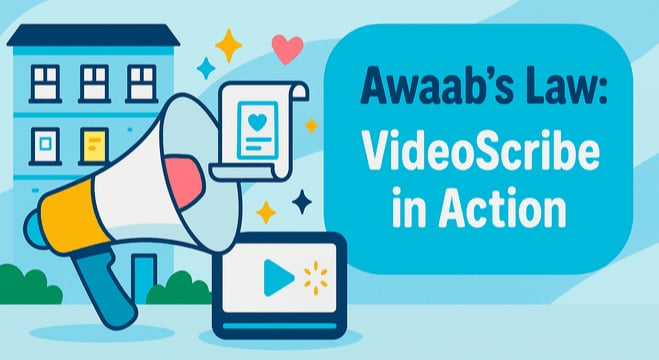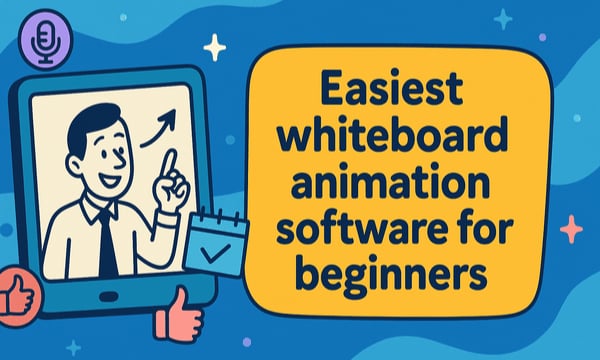With some countries starting to lift their COVID-19 restrictions and allow more businesses to reopen, most of us are breathing a sigh of relief that these difficult few months might be coming to an end.
However, returning to the workplace might not be as easy as it seems. Not only have we adjusted to working remotely, but the virus does still pose a threat to our health. That means employers really need to focus on keeping employees safe as well as helping teams feel comfortable in the workplace again.
There's no doubt that these are tricky subjects to address but video can help. Here are five ways to use video to make the return to the workplace easier.
You can find all of the images and video templates mentioned in this blog in the VideoScribe library. Simply log in or start a free 7-day trial to use them today.
1. Focus on clear and frequent communication with employees
Once your colleagues have finished their mini dance party to celebrate being able to leave their house more than once a day, they're going to start asking a lot of questions.
For employees with children, it might be "how can I juggle childcare and work while my kid's school still hasn't reopened?". While others may be concerned about the safest way to get to work if they rely on public transport.
It's these unanswered concerns that will make transitioning back to the workplace a difficult and anxious time. Instead make communication a priority. By creating one video that clearly and transparently answers your employees' questions, you're easing a lot of the worry at the start. The beauty of creating a video is that it can be edited as the situation changes. You don't have to start from scratch writing a long email and worrying about whether it all makes sense. Just edit the existing video you have to add in extra questions or adjust details as your business finds it's feet again.
You can see an example of this below. Using our 'stick up' video template, we've edited the sticky notes to answer employee FAQs.
2. Highlight initiatives to protect employee and customer health
Before COVID-19 company canteens and meeting spaces were just places to connect and catch up, now they're a risky business. Which is why organizations are taking steps to limit use of shared spaces where contamination is possible.
From the provision of face masks to new procedures on how many people can be in your workplace at once, let your employees know what actions you're taking to protect them and others.
Not only so that when they return to work for the first time, they're not shocked to have their temperature taken, but to provide reassurance that they're entering a safe space. Our COVID-19 related imagery can help you explain changes to the workplace with ease. You can see some of the images in action below, we've added them to our 'COVID-19 public advice' template and edited the text.
3. Use video to re-induct returning employees
To ensure the individual needs of your employees are met, consider hosting re-inductions. This would be a time for managers to sit down with their teams and discuss any specific challenges they're facing or how their job will develop from here. It could be that having worked successfully from home for the last couple of months, they'd like to move to a more flexible working pattern. Or perhaps changes to your business strategy have affected their role.
A re-induction is the perfect time to discuss these points and get clarity on the situation for employee and employer. It's also a brilliant opportunity to remind employees about the company benefits and support you offer that can help them. Video can help you structure these conversations and provide employees with a recap of the information to take away. We've created an example of this using one of our video templates.
4. Protect mental health during the transition
Another key consideration when going back to the workplace is mental health. Not only when it comes to adjusting to a new way of working again, but because there's still a great amount of fear associated with the disease.
So much so, the term ‘coronaphobia’ is emerging to describe our fear of catching COVID-19. Lots of us will still feel nervous about using public transport or going shopping. For example in the UK, where lockdown is expected to start lifting soon, only 11% of Brits feel it's safe to open restaurants and cafes.
So protecting mental health and reducing anxiety is an especially important consideration for employers. To help, of course it's important to create an open culture where colleagues can discuss any challenges they're facing. But also organizations can share proactive tips and advice to help their teams manage the transition. You can see an example of this below, we've edited our 'scrapbook' video template to add an office environment background photo and changed the text. This is a really quick and easy way to help support the psychological needs of your employees.
5. Use video to help manage a mix of colleagues working from home and the workplace
It's unlikely that all employees will return to work at once which means there will be a period where some staff continue to work remotely. Maintaining effective communication with those colleagues is key to ensuring they're still engaged and updated.
Video makes this really easy because regardless of where you're physically working, you can all have access to the same information. So no need to hold a company meeting to share updates across teams, just send a video to those involved to watch wherever they are at a time that suits their current schedule. Again helping your organization flex to the needs of your employees, making the transition as smooth as it can be. If you'd like to learn more about using video to stay productive while remote working, you can find all our tips on this here.
To get started creating your own return to work video resources, log in to VideoScribe or start a free 7-day trial today (no credit card needed)!



.png)



![How to create animation magic [3-part guide to video success]](https://blog.videoscribe.co/hubfs/How%20to%20create%20animation%20magic%20guide%20VideoScribe.png)






COMMENTS